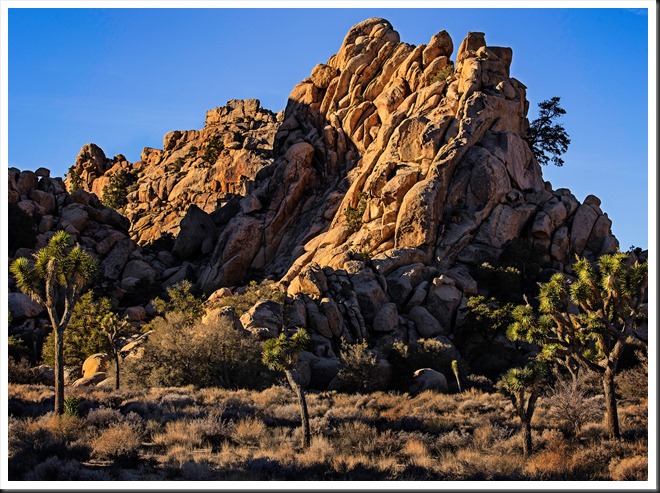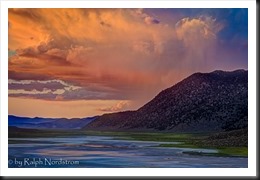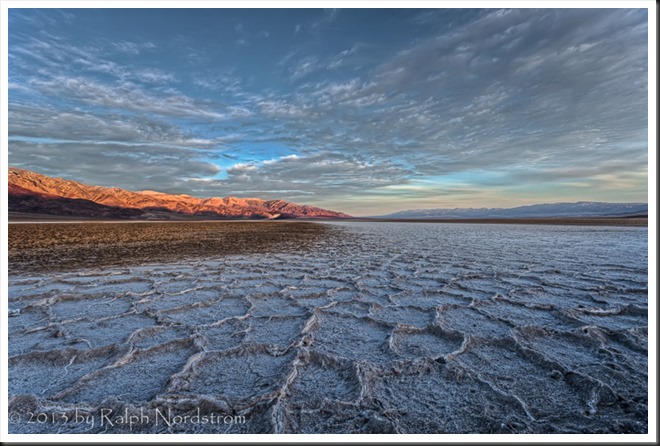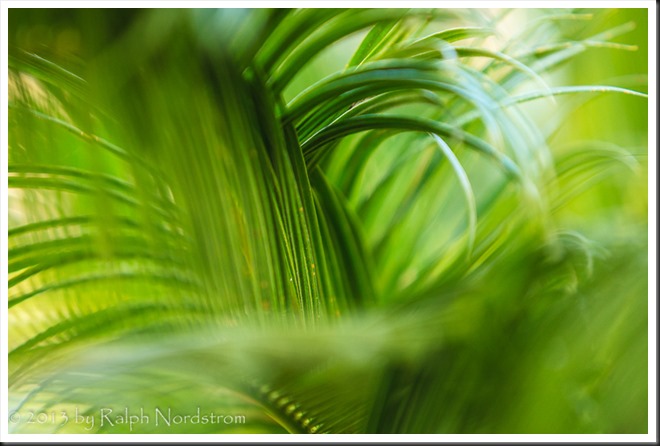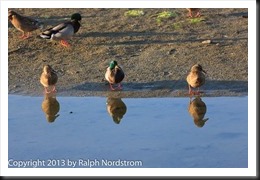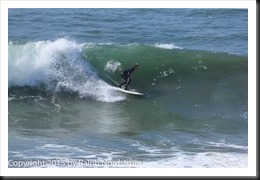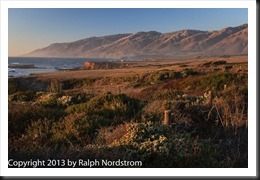Develop your vision and express yourself through your photographs.
“This photograph speaks to me.”
The photographs that have a strong impact on us speak to us. The photographer has created an image that moves us. Did he or she have something in mind when making the photograph? Probably so. Strong images just don’t happen by accident.
As one grows as a photographer one’s vision becomes clearer. One begins to discover who they are and what they have to say. And as one’s technical and aesthetic skills develop, skills used in both the field and the darkroom, one’s ability to express their vision becomes stronger.
The artist’s vision is an important element of their art. The clearer an artist is on what his or her vision is the more expressive their art becomes.
If you’re not clear on what your vision is, live with your photographs. Become aware of what you associate with them, what stories they are telling you, how they make you feel. And as your vision emerges nurture it, strengthen it, let it speak through you and your art. And then your photographs will also speak to others.
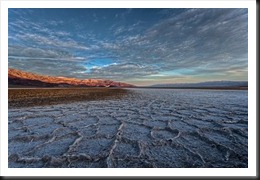
We do photography workshops. Come on out and join us. Click here to check us out.
You can also check out our photography. Click here.
Technorati Tags: technical,aesthetic,Photograph,Vision,impact,photographer,skills,artist
WordPress Tags: technical,aesthetic,Photograph,Vision,impact,photographer,skills,artist
(3285)
Like this:
Like Loading...

